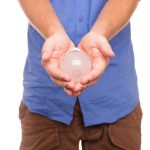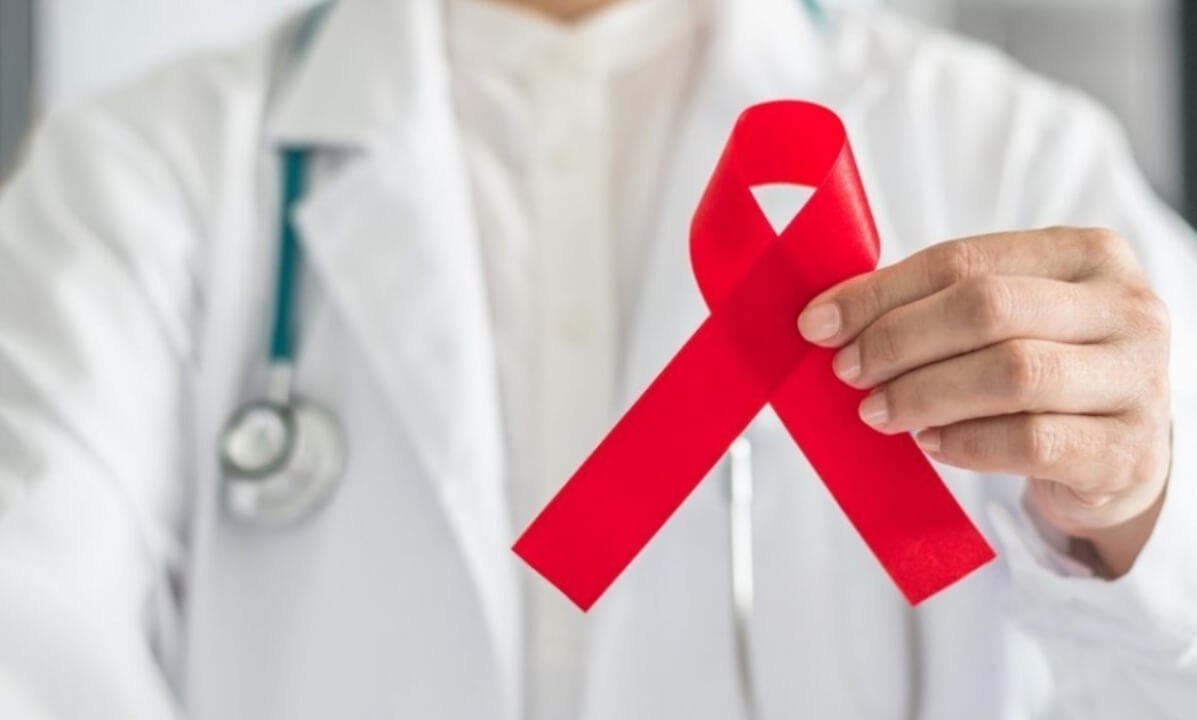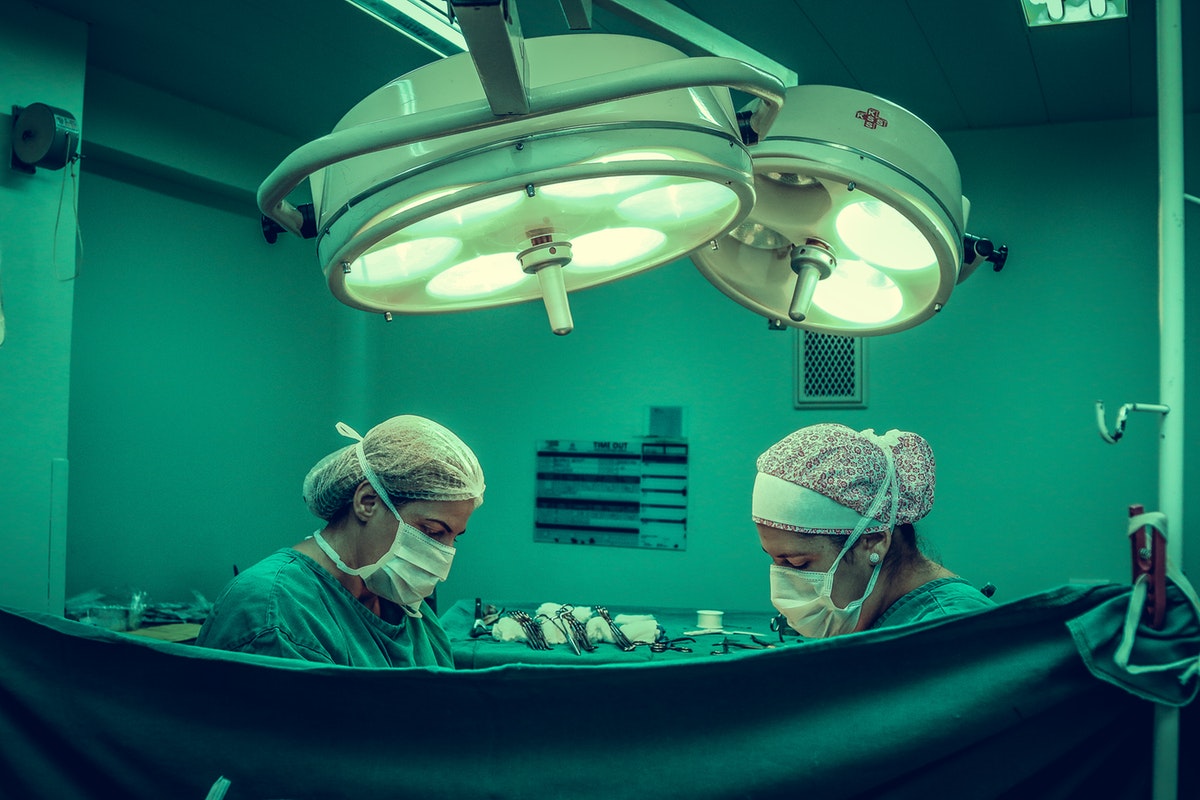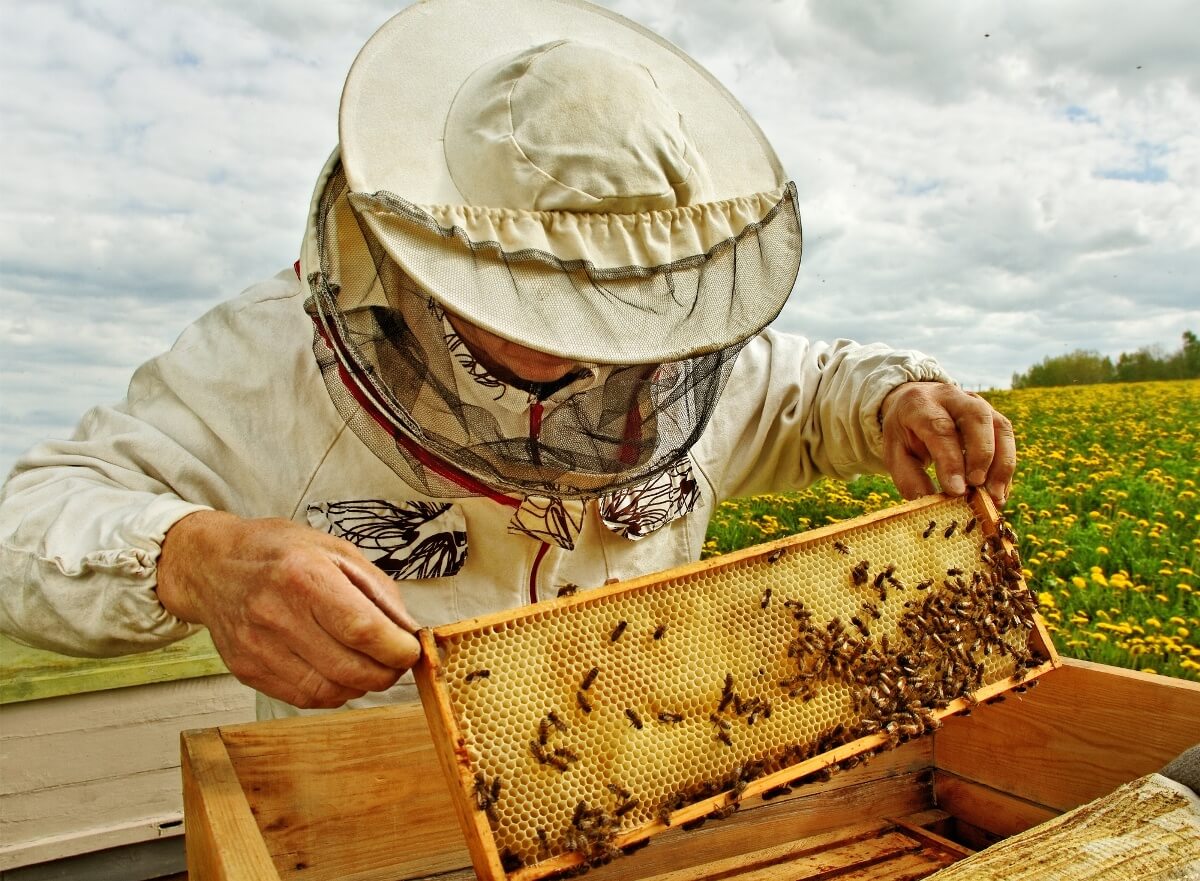The Human Immunodeficiency Virus lives in the blood and some body fluids of infected persons. The body fluids other than blood which have this virus in amounts sufficient to infect another person are
1. Semen
2. Vaginal fluids including menstrual blood
3. Breast milk
Body fluids having virus in very low quantities not enough to infect another person are:
1. Saliva, Urine, Sweat
As the virus infects the vital cells of the human immune system which are present in a person’s blood so the virus has to reach the blood stream of a person to infect and it commonly uses one of the following routes to reach there
1. Direct contact as in a transfusion
2. Cuts and sores in the skin
3. Thin lining usually of anus and the genitals or less commonly of the mouth and eyes
There are 4 major routes of transmission of HIV:
1. Sexual:
Transmission occurs when genital, oral or ano-rectal mucous membranes of a healthy individual come in contact with the infected secretions of the HIV infected partner. This occurs by having unprotected sex including oral, vaginal and anal sex. One can also get infected by sharing of sex toys with an HIV infected person
2. Blood/Blood Products Transfusion:
The risk of transmission of HIV is significant if infected blood comes in contact with an open wound. This mode is responsible for transmission of infection in people giving or receiving tattoos or piercing procedures. Although the risk of transmission by transfusion of blood or blood products has significantly reduced after all the screening procedures done before transfusion in developed countries, it is still a problem in the third world countries
3. Needle Sharing:
This is the mode of transmission in IV drug abusers and in some developing countries where needles are still reused for injections.
4. Mother to Child:
HIV can be transmitted from a mother to her child during pregnancy, during childbirth or via breast milk.
Common Myths about HIV Transmission
There are a lot of myths about transmission of HIV that need to be made very clear. HIV is not transmitted by:
- Kissing, handshaking
- Sharing cutlery, towels, using same toilet seat or swimming pool
- Mouth to mouth resuscitation
- Insect e.g. mosquito bite
- Contact with healthy unbroken skin








